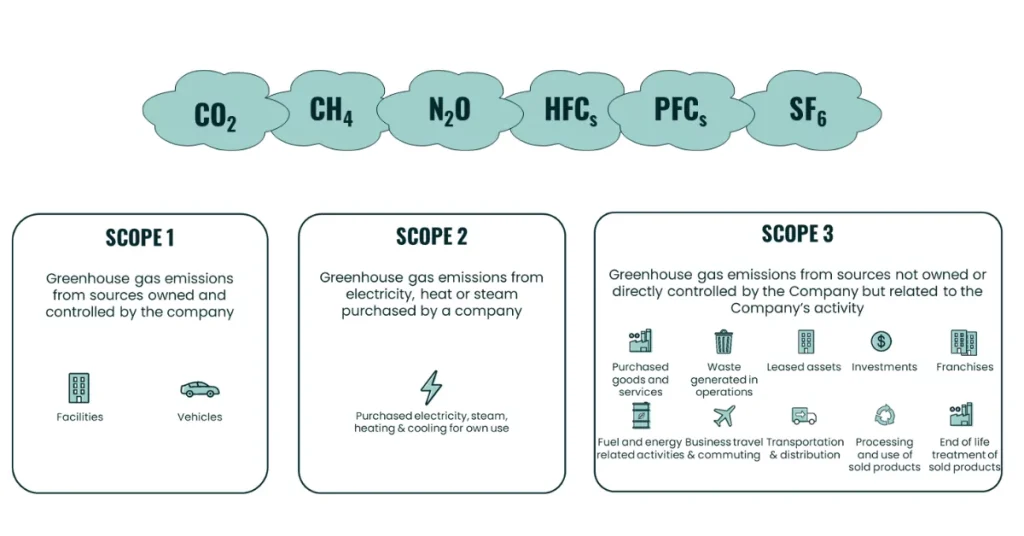We know that we have an impact on the environment, but how can we translate our impact into relevant data? That is where the carbon footprint calculation comes in. It not only allows companies and sectors to understand and measure their sources of emissions, but it also allows citizens to know their personal footprint!
There are several benefits associated with calculating your carbon footprint, such as cost reduction, innovation and adapting to regulations, among others. Identifying and quantifying CO2e emissions helps to identify excessive energy usage or other inefficiencies. Across industries, consumers and investors are increasingly demanding more sustainable products and services from environmentally conscious businesses. According to the World Economic Forum, many consumers believe brands should hold as much responsibility for positive change as governments.
With the demand from consumers for companies to take action on diminishing their effects on our planet, there is a need for companies to measure and reduce their emissions. Mapping CO2 emissions can pave the way for eco-design improvements, process optimization and business model innovation. If your company is not currently affected by any of the 2,000 climate policies worldwide, it’s safe to expect additional regulations in the future as climate change is a rising priority in many countries. If you want to learn more about environmental regulations, check out this link.
More and more companies have to pay a price for every tonne of CO2e emitted. Monitoring and lowering your carbon emissions is not only becoming an obligation, but also a business opportunity to get ahead of competitors. If you want to compensate for your emissions, the first step is to calculate the emissions from your company’s activity, making carbon emission calculations essential in this process.
As mentioned, the first step of our climate action journey is to understand our impact in order to reduce it. First, we must select the GHG accounting standard, define boundaries and collect data, which we then use to calculate our emissions using emission factors. The next step is to verify our carbon footprint with a third-party certifier. Finally, we can disclose our emissions and our reduction progress. When calculating our carbon footprint we need to take into account scopes 1, 2 and 3 of an organization’s activity in the carbon footprint. Carbon emission activities can be divided into the following scopes:

After having gathered the data from your emission sources, it is important to translate this data into kgs or tons of CO2e. This is generally done by multiplying the emission data by the relevant emission factor. To give an example, if we want to calculate the CO2e impact of travelling for 200 km in a medium-sized diesel car, we would take its emission factor from Defra’s “Greenhouse gas reporting: conversion factors 2021”, 0.16496 kg CO2e/km. We would then calculate as shown below:
200 km * 0.16496 kg CO2e/km = 32.99 kg CO2e
This formula can be used for other sources of emissions, using the same methodology. This way, we are able to translate all data into kilograms, or tons of CO2e.
After you have calculated your emissions, you can take the next steps of your decarbonization journey. After the calculation, you will be able to reduce your emissions, communicate your progress and set objectives.
We invite you to fill this form or get in contact with us to learn more about this topic. Our STRIVE by STX experts will be in touch shortly to arrange a meeting.
